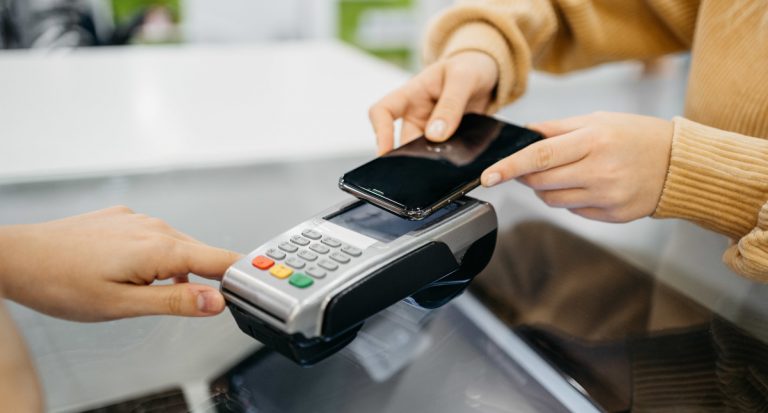If you have a virtual N26 Mastercard, you can make contactless payments by tapping it on the payment terminal. Consumers can also tap their cards on a digital wallet, such as Apple Pay or Google Wallet, to make contactless purchases.
When a contactless payment is made, the card must be within close proximity of the payment symbol on the POS machine. The card will transmit data electronically and the system will notify the customer with a beep or checkmark when approved.
E-wallets
Digital wallets are a great way to make contactless payments. They can be used to store credit cards, debit cards and customer loyalty cards on a smartphone or smartwatch. They can also store other things like passwords, boarding passes and event tickets.
To use a digital wallet, you have to find a merchant that supports it. You can do this by looking for the contactless payment symbol on a retailer’s point-of-sale system or card reader, which looks like a sideways Wi-Fi icon. Once you’ve found one, simply tap your mobile device on the reader to complete the transaction.
Some examples of e-wallets include Apple Pay, Google Pay and Samsung Pay. There are also several peer-to-peer payment apps that can be used to quickly send money between friends, such as Venmo and Zelle.
Contactless debit and credit cards
When a consumer has a contactless debit or credit card, they can pay by simply hovering it over the payment terminal. This process takes just seconds, which helps consumers save time. Consumers can also use their digital wallets to make contactless payments.
Contactless cards use radio-frequency identification (RFID) technology to sync with payment terminals and authenticate the card data. They’re much harder to clone than magnetic stripe cards. In addition, if the card is compromised, fraudsters won’t have the customer’s name, billing address or three-digit CVV code.
Contactless cards can be linked to a mobile device, such as a smartphone or Apple Watch, to enable additional contactless features, such as location-based loyalty promotions and instant mobile app payments. When this happens, the customer’s credit or debit card number is stored securely on the device, making it difficult for fraudsters to intercept and replicate the data for fraudulent purposes. This makes it one of the safest forms of payment.
Cardless ATMs
Cardless ATMs allow you to withdraw money and make other transactions at an ATM without using a physical debit card. They use various technologies to verify your account, including near-field communication (NFC), QR codes, and biometric security solutions such as facial or fingerprint recognition.
The exact process varies by bank, but you’ll usually request a withdrawal through your banking app and then follow the prompts to swipe or insert your phone. You may also need to enter your PIN.
One of the biggest benefits of cardless ATMs is that they reduce your risk of theft by pickpockets or being victimized by card skimmers. The technology used by these ATMs encrypts your card information so that only tokenized data is transferred to the terminal, which can be used for payment. You can also minimize your exposure to germs by not touching surfaces on the machine or its keypad. For these reasons, the global cardless ATM market is expected to grow in the coming years.
Merchants
Merchants are individuals or businesses that purchase goods and sell them for a profit. Merchants can use contactless payments to streamline customer checkout and improve transaction efficiency.
Contactless payments use near-field communication (NFC) technology to instantly transfer encrypted data. This allows customers to simply tap a card or mobile device on the NFC reader to complete the transaction.
NFC payment terminals communicate with the financial institution that backs a debit or credit card to request funds for the transaction. If the purchase amount aligns with the cardholder’s bank balance or credit limit, the bank approves the sale and transfers funds to the merchant account.
A business needs a merchant account to process credit cards. While a business can open its own merchant account, it may be more cost-effective to work with an end-to-end merchant services provider that offers the same functionality as a traditional merchant bank. This can also help to reduce fees associated with the POS system and payment processors.
